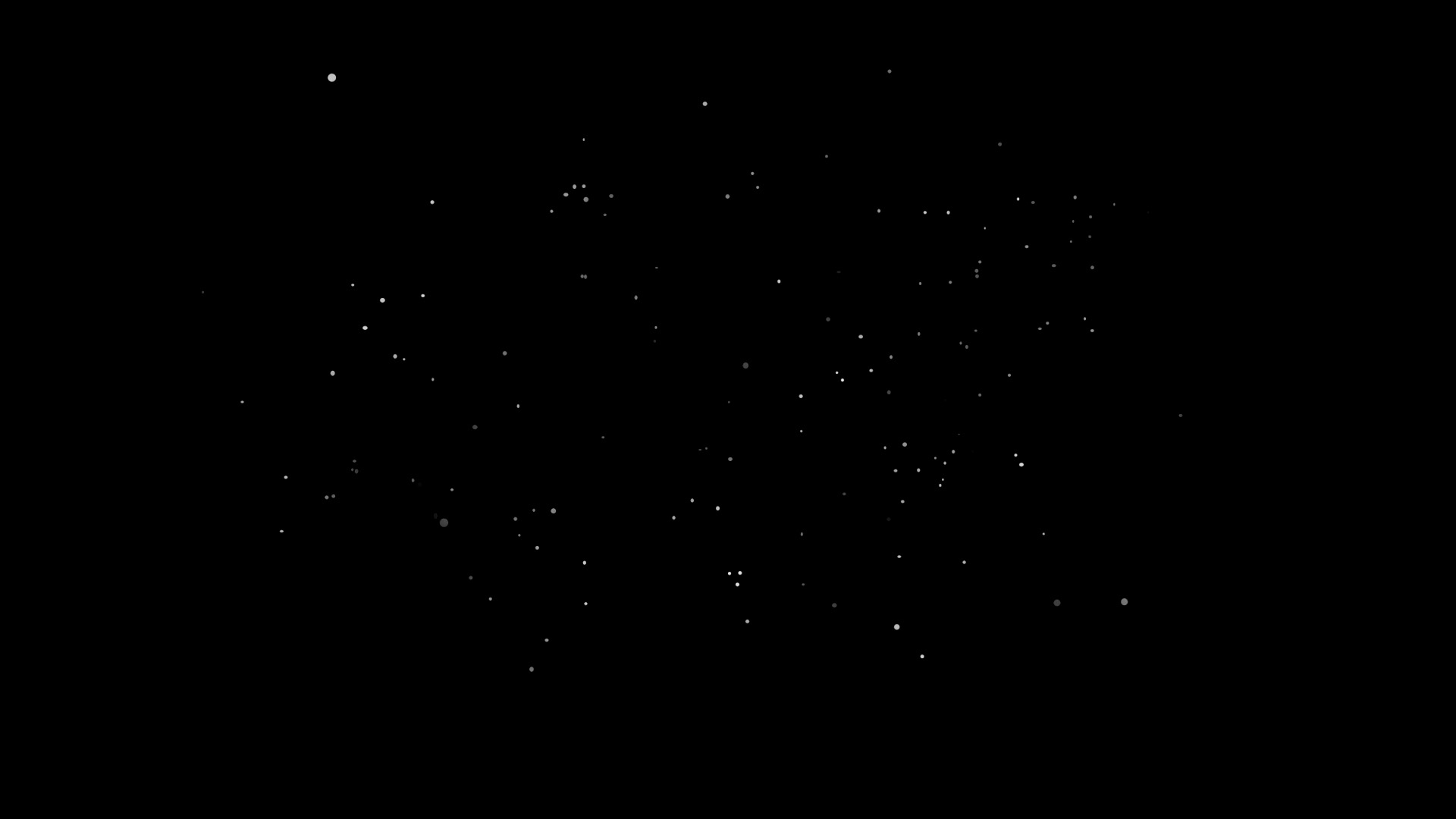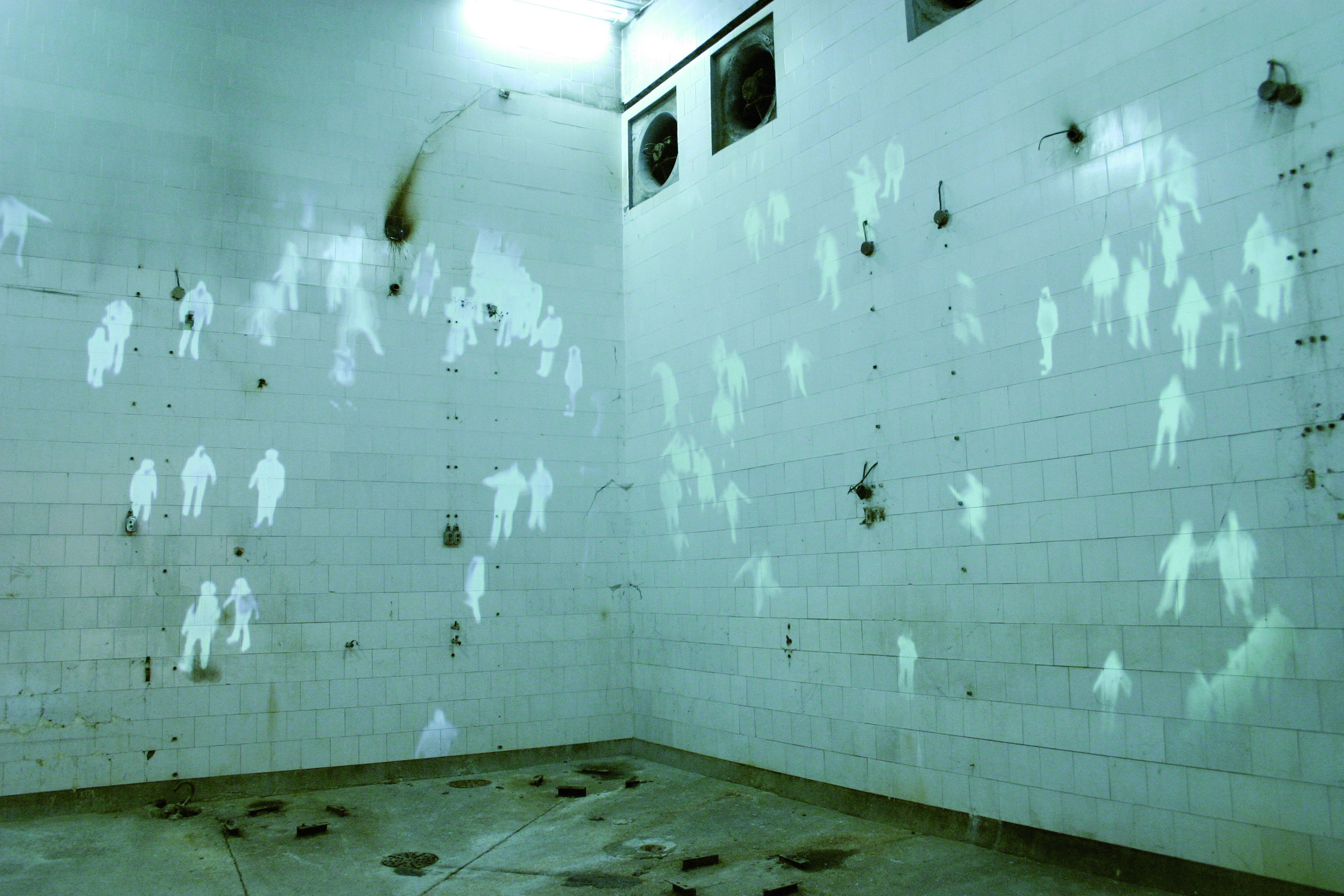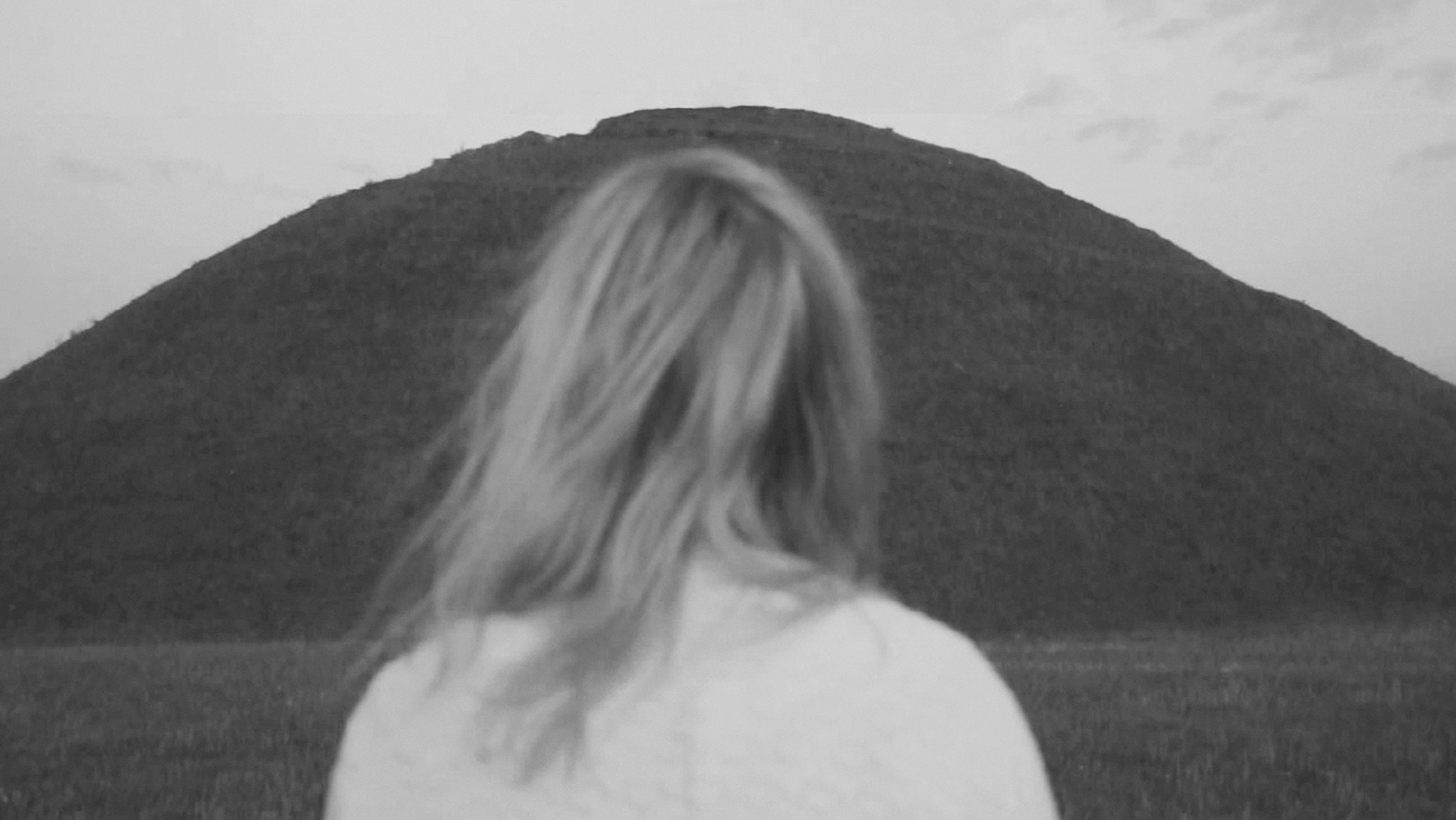ŁAŹNIA 1 ŁAŹNIA 2 2015 - TERRITORIES
Galleri Image, Aarhus, Denmark
26.01-28.06.2015
Works by Polish artists presented in DEMO ROOM Galleri Image
Kaja Dobrowolska, Katarzyna Józefowicz, Dominik Lejman, Iwo Rutkiewicz, Adam Witkowski
Curator: Aleksandra Księżopolska
Panel discussion in the frames of ART WEEKEND AARHUS 2015 : Sunday 31.05.2015
with Adam Witkowski, Dominik Lejman, Iwo Rutkiewicz, Kaja Dobrowolska and Aleksandra Księżopolska
Territories is not about presenting a regional survey of the Polish art scene. It is rather a curatorial inquiry into places, spaces and relationships. The focus here is to concentrate on the very essence of imaginary spaces, created by the artists, offering few dimensional layers for discussion. This series of presentations has been constructed from works that thematically trace the shifts and interruptions that occur in the state of being contemporary. Critical reflection in relation to these neuroses of modern society is at the centre of these artists’ work. Territories will make an attempt at identifying the existential positions of human beings in an ultra-modern world where spaces are prone to ruptures and detachments. The process of identifying and re-identifying social and cultural relationships is a recurring element in most of the works.
Featured artists within the Territories series include: Kaja Dobrowolska, Katarzyna Józefowicz, Dominik Lejman, Iwo Rutkiewicz and Adam Witkowski. This selection aims at highlighting a group of artists that offers an analytical perspective on personal organization of systems and rules related to perceiving contemporaneity.

Katarzyna Józefowicz, Tablecloth
The thread that connects all artists’ works relates to an almost ritualistic – mantric process of building a mandala. Delicate and fragile in its form. The five works are meditational and self- reflective. Like Katarzyna Józefowicz who works with textural – vertical – horizontal surfaces during endless hours. Tablecloth is created from cardboard, advertising leaflets and newspapers. Her ephemeral, poetic installations demand from the viewer time and concentration. The artist creates with the precision of a laboratory technician. Tablecloth has been weaved from hundreds of word puzzles, which are literally thrown out on the table. As if to invite us to a mutual feast, lacking the media noise. Just simply being together, contemplating the silence. One can also observe that an object such as the tablecloth, taken out of a safe, domestic situation can possess the power of posing questions. French sociologist, philosopher, cultural theorist and media scholar, Pierre Lévy compares contemporaneity to the flood myth, where the Ark floats on the redundant sea of information. Katarzyna Józefowicz may be posing a question about the look of a contemporary compass? Can art be the right vehicle for it? Does the artist subtly offer the suggestion for a new and alternative route?

Adam Witkowski, New Order
Adam Witkowski explores the in-between spaces offering almost oneiric visions to the viewer. One can surf and re-map one’s own cartographies, both surreal and imaginary. New Order is an unreal place, without actual space. In this work Witkowski seeks to create an ‘ideal’ place, far away from the reach of our ambiguous and puzzling reality. His view changes, pulses, fluctuates. He builds a template for a world, a pattern, almost mathematical and scientific. Visual themes are repeated and transferred to create a pattern for meditation. Like a sacred verbal formula. Similarly to Katarzyna Józefowicz, work of Witkowski refers to a long process of creating a mandala which can undoubtedly be accompanied by meditation. Each of its elements plays the role of both symbol and sign. They can all exist separately as well as in an assemblage of signs. The opening and closing images in the video are identical. Whatever happens on the journey of the graph, however much it becomes a living organism on its own, it does return to its primal figure.

Dominik Lejman, NY skating
The discreet and ephemeral work of Dominik Lejman relates to real situations and real people. The video piece NY skating appears however to be a staged theatre piece with a carefully arranged choreography. Only at closer examination does it begin to resemble a rather abstract crowd of ghosts, a multitude of anonymous and speechless characters deprived of individuality.
The crowd takes on the shape of an ornament where every element becomes an essential part of a puzzle. This unfeeling, human embroidery, shaped out of the loss of individuality, becomes an abstract figure, a cold composition. A pattern of contemporary existence which slides on the surface of the loose human relations and questions of identity in today’s world of multiculturalism.
The decorative element in Dominik Lejman’s work brings to mind the ever so present subject of surveillance and control. This aspect plays a crucial role in his work – the public space and the social sphere. An aspect, that is even more present today, where the “other” always has the potential of posing a threat. The video mural viewed in negative, black and white, with a lack of additional sugar coating, creates a ghostlike spectacle, making it impossible to distinguish its main characters from each other.

Iwo Rutkiewicz, The Container
Reflecting on the theme of the typology of contemporary art galleries Iwo Rutkiewicz’s video titled The Container documents the juxtaposition between realities: the modern architecture and the concept of exhibiting art. Consecutive moving images are shaped by accumulations of big and small which aspire to form a harmonious unity or on the contrary create disturbance. The artist leaves to us, the viewers, the freedom for analysis.
Vast spaces of todays’ boxes for art reach out for gigantism, designed to challenge rather than to cramp or coddle the viewer. Odd proportions and spatiality create possibly opportunities to explore while the verticality, trapezoidal, horizontal or perpendicular lines fairly often become the ornaments themselves. Huge scale, dramatic insides and vastness of the neutral walls seem to breathe and give space for one’s own interpretations. Anonymous characters presented in the quite surreal and hypnotic work The Container seem to relate to those spaces in new ways. Whether it is a single gallery guest or a crowd possibly gathered for the opening night they all seem to be on the way of achieving it. Watching their harmonious, slow motion movements, repetitive gestures and glances one can get a feeling that the law of gravity has ceased to exist. Their behaviour forms a rhythmical choreography in symmetry with the right angles, and verticality of the spaces.

Kaja Dobrowolska, Emotional landscape
Within the performative video self-portrait Emotional landscape Kaja Dobrowolska seeks to capture and materialise emotions. She performs erratic and obsessive trajectories as if to create an illusion of purpose. The viewer witnesses the artist climbing and sliding on and around a hill, while her seemingly absurd movements combine to a coherent assemblage which challenges the physical boundaries of oneself. Boundaries formed from one’s own limits.
The title Emotional landscape is the key to understanding of the work. Aesthetic, black and white images show traces on the emotional map of the artist, highlighting relationships. Edges, curves, texture, temperature play the role of longitudes and latitudes. This cartogram leads the observant viewer to the rather intimate territores of the artist’s inner world, where the outside and the inside constantly intertwine while emotions, space, and body intersect and cross over.
Series Territories has been an effect of a collaboration between Galleri Image and Laznia Centre for Contemporary Art.
Supported by Embassy of the Republic of Poland in Copenhagen.







 BIP
BIP